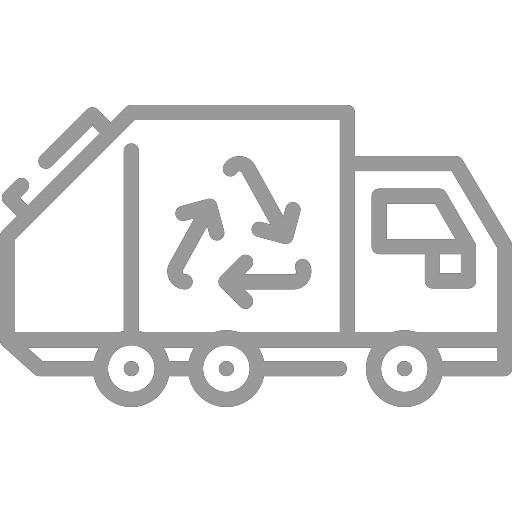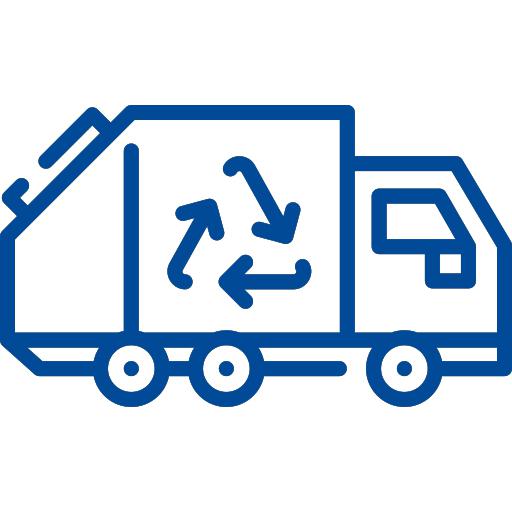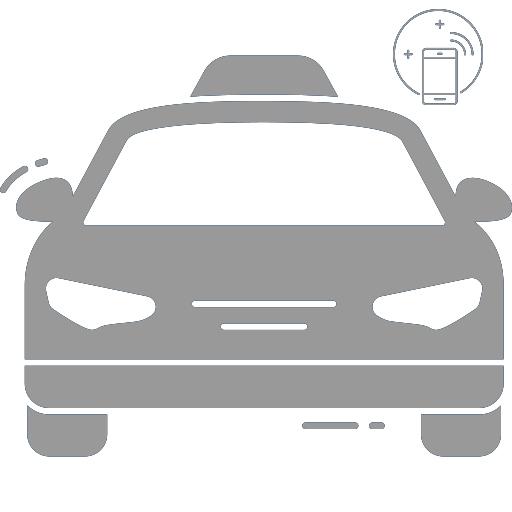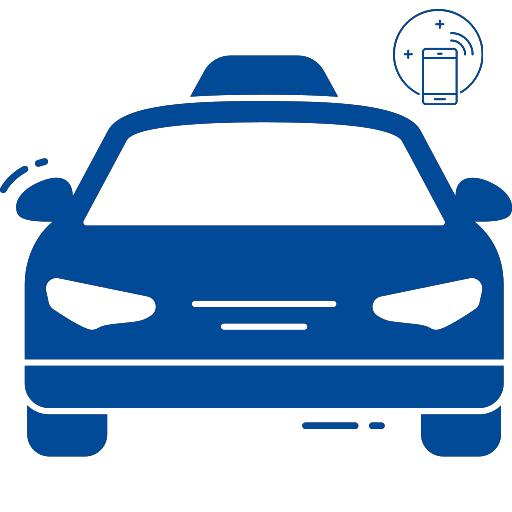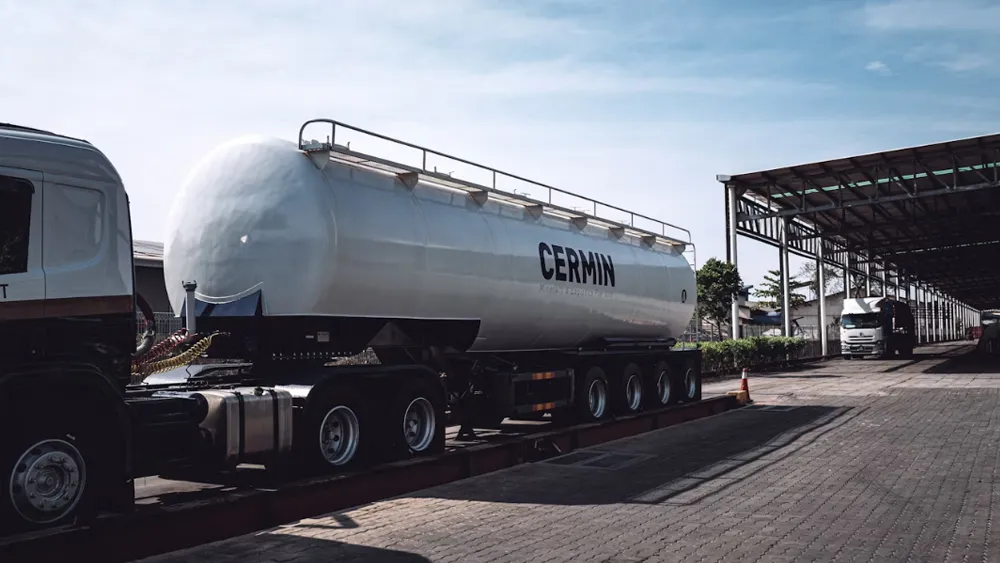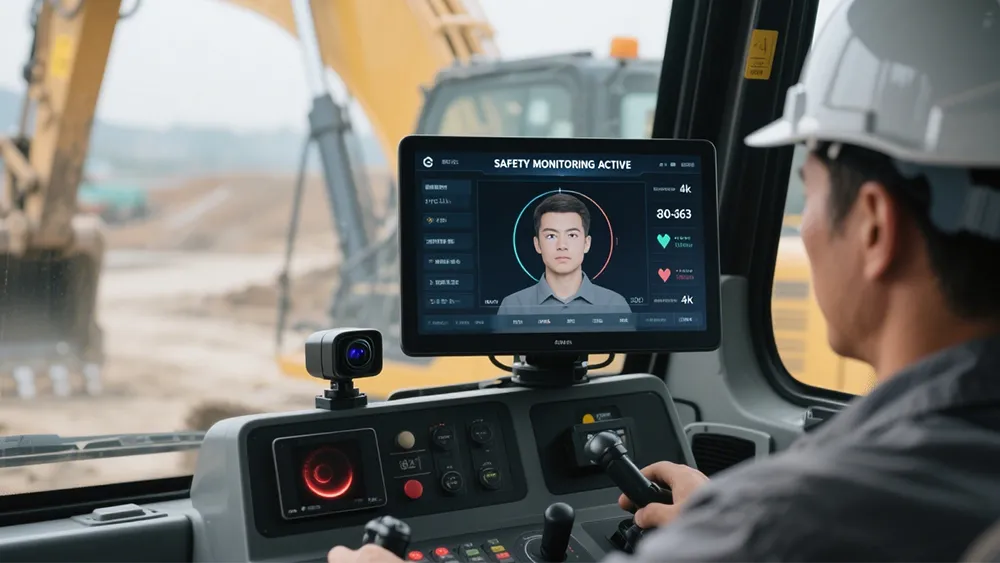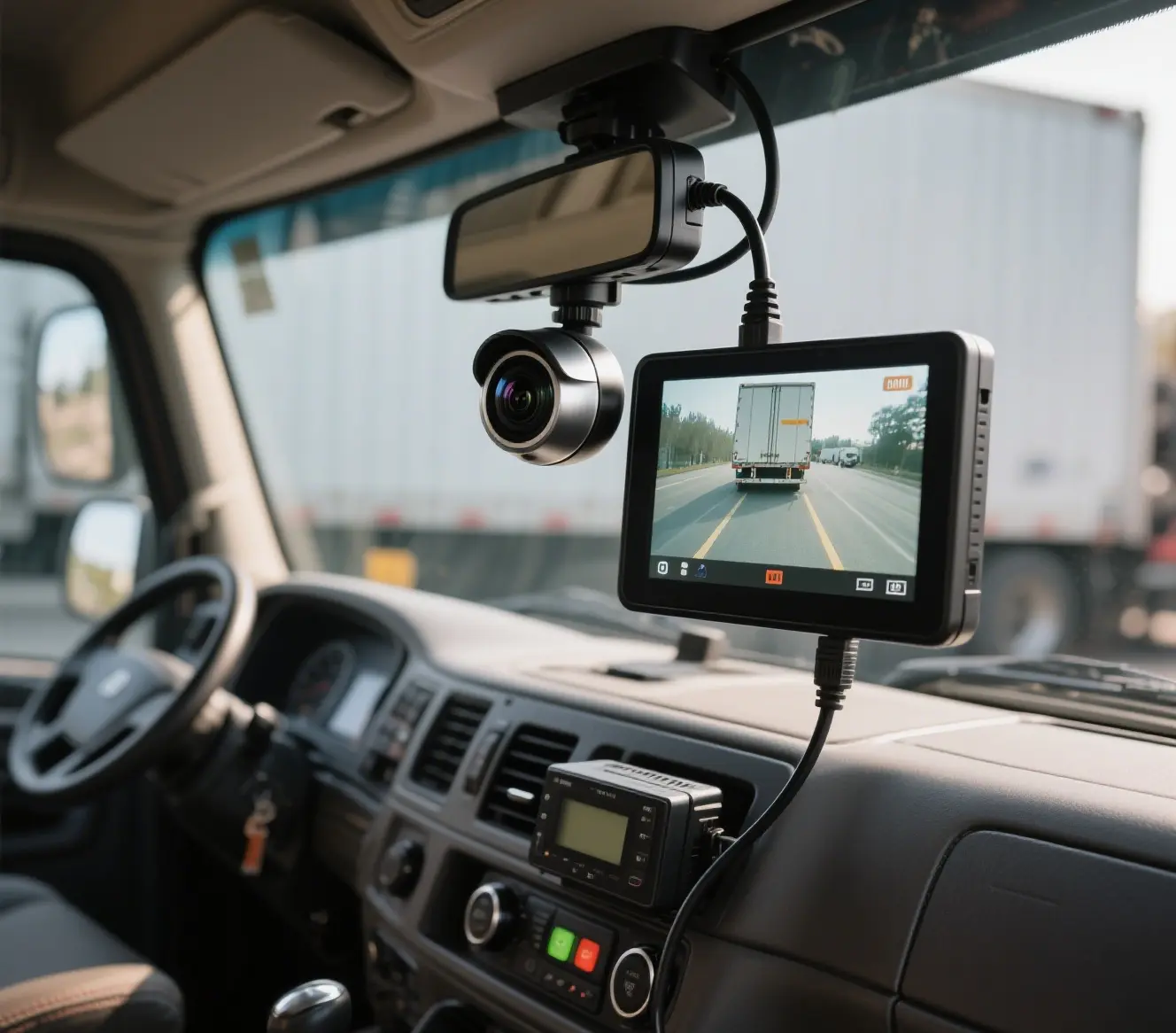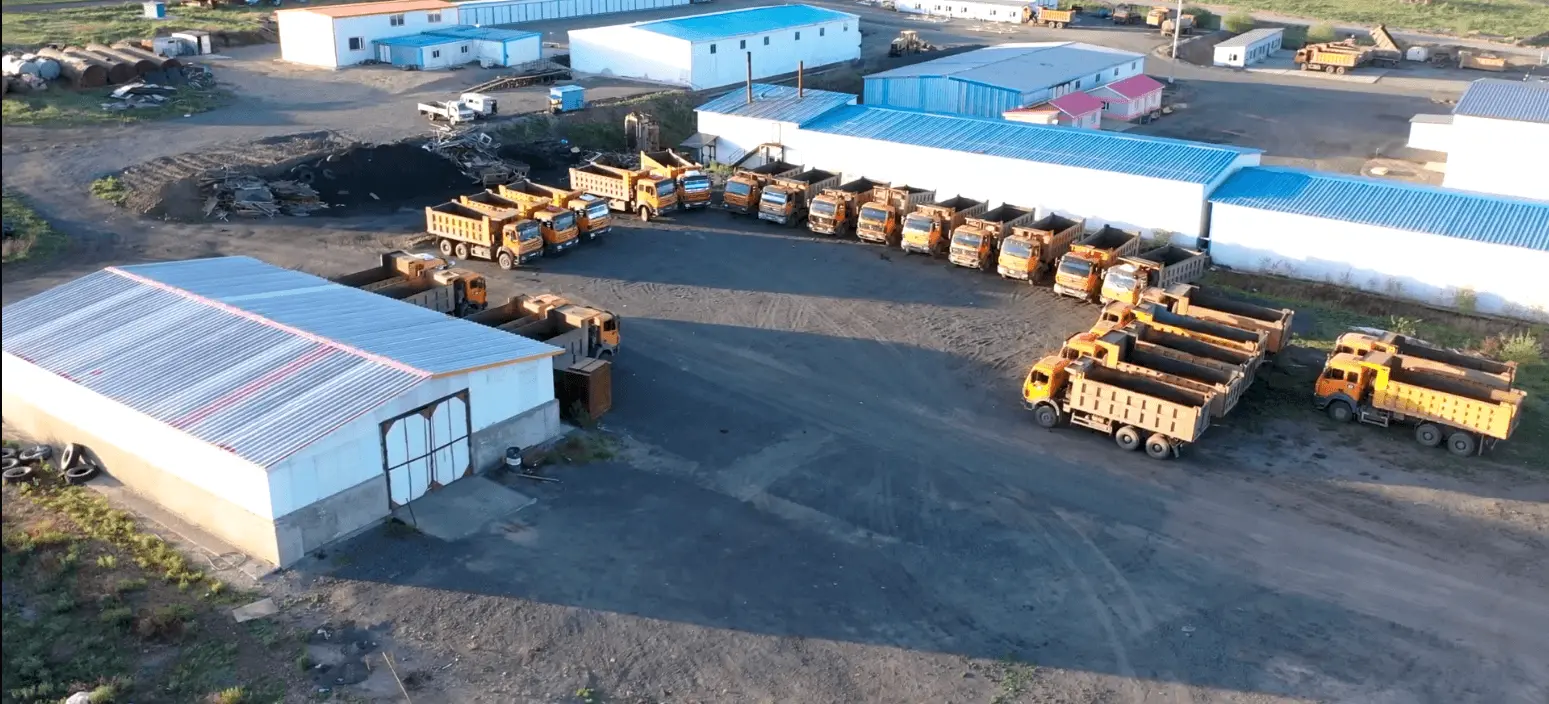AI Dash Cams Fleet Management Software Integration Europe
AI Dash Cams Fleet Management Software Integration
The European fleet management industry is undergoing structural transformation, with technological iteration, strict regulation, and sustainable development demands forming a triple driving force. Fleet operators face multiple challenges including fuel optimization, compliance management, safety improvement, and cost control. The deep integration of artificial intelligence (AI) and telematics technology—especially advanced AI dash cams represented by YUWEI V8N—has become a key solution to address industry pain points. Such technologies not only provide real-time visibility and operational control but also endow fleets with predictive management capabilities, injecting new momentum into long-term sustainable development.
Four Core Challenges in European Fleet Management
The ecosystem for European fleet operations is becoming increasingly complex, with challenges in four key dimensions—regulation, cost, environmental protection, and human resources—being particularly prominent:
(I) Complexity of Cross-Border Regulations and Compliance Pressure
① Cross-border operations require adherence to multiple rules such as driving hours, emission standards, and data privacy. Differences in the EU’s "Mobility Package," "Euro 6 Emission Standards," and national speed limit and toll policies have intensified management difficulties.
② The mandatory Gen2V2 intelligent tachograph regulation (applicable to cross-border commercial vehicles over 2.5 tons), set to take effect in July 2026, requires enterprises to upgrade technologies to avoid huge fines and operational disruptions.
(II) Demand for Fuel Efficiency Optimization Amid Rising Costs
① Fuel costs account for a high proportion of fleet operational expenses, and price fluctuations continue to impact profitability.
② Data from the European Environment Agency (EEA) in 2023 shows that transportation is the main source of greenhouse gas emissions in the EU. Inefficient driving (such as harsh acceleration and idling) and unreasonable route planning further increase fuel consumption and emissions.
(III) Ambitions for Sustainable Development Goals
① Trucks and buses account for a small proportion of total vehicles in Europe but contribute over 35% of direct CO₂ emissions from road transport.
② Regulatory requirements are becoming increasingly strict: CO₂ emissions from heavy-duty vehicles must be reduced by 15% by 2025 compared to the 2019-2020 baseline, and by 30% by 2030. Policies such as the "European Green Deal" and "Clean Vehicles Directive" are driving fleets toward low-emission transformation.
(IV) Dual Challenges of Driver Safety and Retention
① Safety risks: Distracted driving accounts for 25%-30% of traffic accidents in Europe. The EU’s "Vision Zero" goal requires the elimination of road fatalities by 2050.
② Retention pressure: High driver turnover leads to increased recruitment and training costs and loss of organizational knowledge. There is an urgent need to improve satisfaction by enhancing the safety environment.
AI Dash Cams: A Comprehensive Solution
AI dash cams represented by YUWEI V8N address the above challenges through an "intelligent monitoring + data-driven" model:
(I) Compliance Management: Intelligent Monitoring Simplifies Cross-Border Compliance
① Hardware configuration: Integrates GPS positioning, 4G/Wi-Fi, and supports 6-channel video + 5-channel audio for full-scenario coverage.
② Core functions: Real-time driving behavior monitoring (to ensure compliance with driving/rest time regulations), remote positioning, and trajectory playback (to verify speed limit and toll compliance).
③ Forward-looking adaptation: ADAS (Advanced Driver Assistance Systems) and DMS (Driver Monitoring Systems) automatically generate compliance reports, seamlessly meeting the mandatory requirements of Gen2V2 in 2026.
(II) Cost Optimization: Data-Driven Fuel Efficiency Improvement
① Driving behavior intervention: The DMS identifies inefficient behaviors such as harsh braking and idling, reducing fuel waste through real-time feedback and driving guidance.
② Route and maintenance optimization: Real-time GPS tracking avoids congestion, and vehicle performance data supports predictive maintenance to reduce unexpected repair costs.
③ Quantifiable benefits: Video telematics technology can reduce fuel costs by 24% and accident-related expenses by 19%.
(III) Sustainable Development: Data Empowers Carbon Emission Reduction
① Eco-driving guidance: Directly reduces CO₂ emissions through idling and speeding warnings.
② New energy adaptation: Monitors electric vehicle performance, optimizes operational processes, and supports the large-scale application of low-emission vehicles.
③ Compliance certification: Accurately records emission data to meet the traceability requirements of policies such as the "European Green Deal."
(IV) Safety and Retention: Proactive Prevention Enhances Driving Experience
① Proactive safety protection: ADAS provides collision detection and lane departure warnings, while DMS identifies fatigue driving and distracted behaviors, issuing real-time alerts.
② Accident traceability guarantee: Collision lock/cyclic recording functions preserve key evidence, simplifying insurance claims.
③ Retention improvement: Enhanced safety environment and positive behavioral guidance reduce accident rates and improve driver satisfaction and loyalty.
Core Demands of European Fleets for AI Dash Cams
The popularization of AI dash cams accurately matches the five core needs of fleet operators:
Demand Type | Specific Performance |
Advanced Telematics | 78% of fleet managers rely on real-time GPS tracking and 4G data transmission to achieve operational visibility. |
AI-Driven Predictive Maintenance | Monitors driving behavior and vehicle data to predict and avoid failures, reducing downtime. |
Comprehensive Cost Optimization | Reduces multi-dimensional expenses such as fuel, insurance, and maintenance to improve profitability. |
Compliance Automation | Simplifies regulatory reporting processes, reduces penalty risks, and adapts to new regulations like Gen2V2. |
Sustainability Integration | Supports carbon footprint monitoring and low-emission operations, aligning with EU environmental policies. |
Conclusion: Intelligence Leads the Future of Fleet Management
European fleet management is at a critical juncture of digital transformation. Strict regulations, cost pressures, and sustainable development demands are forcing technological upgrades. As a core intelligent terminal, AI dash cams provide fleets with a "safety-efficiency-sustainability" integrated solution through real-time visibility, proactive safety protection, data-driven decision-making, and compliance automation.
With the deep integration of AI, the Internet of Things, and electric vehicle technology, intelligent video telematics will become the core competitiveness of fleet management. Investing in advanced AI dash cams such as YUWEI V8N is not only a practical choice to address current challenges but also a strategic decision to layout for the 2050 climate neutrality goal and build long-term competitive advantages. The future of fleet management will inevitably be data-driven, intelligent, efficient, and sustainable.
Email:hello@yuweitek.com

















